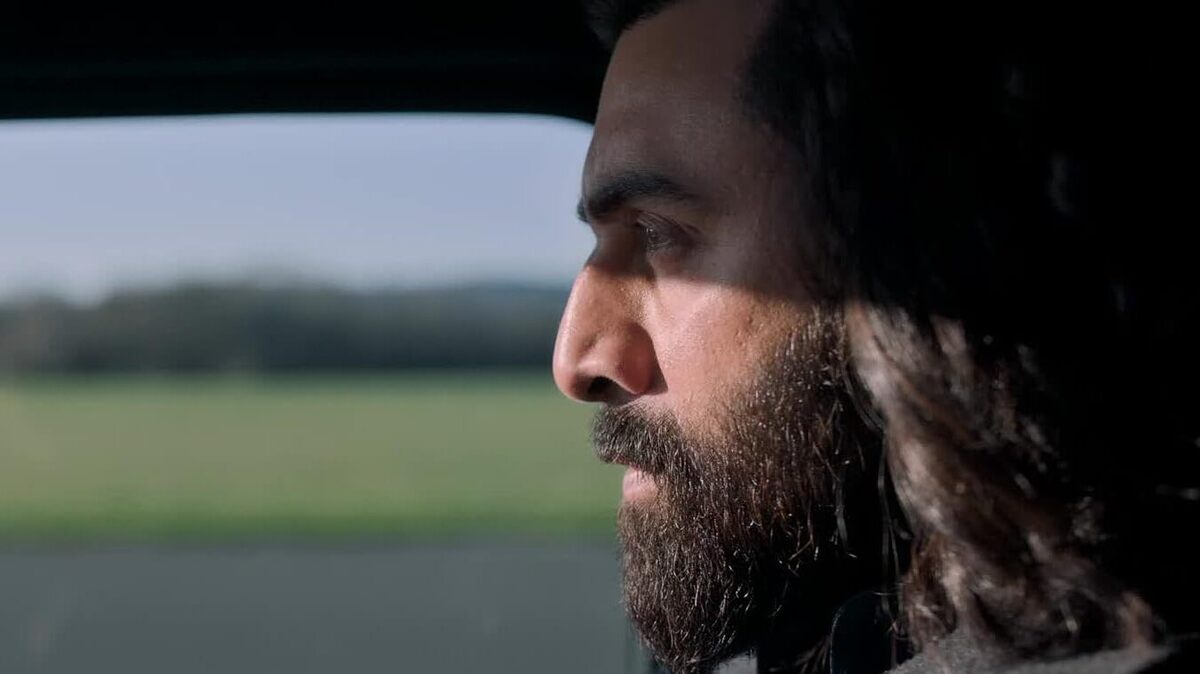The realm of Bollywood has long been a source of entertainment and cultural reflection for audiences worldwide. However, within this domain lies a persistent and concerning trend: the portrayal and perpetuation of toxic masculinity. Over the decades, Bollywood has crafted and propagated stereotypes, delineating an idealized version of masculinity that influences societal perceptions and expectations. This trend has been entrenched in the industry’s storytelling, character portrayals, and thematic elements, shaping the narrative of what defines a ‘man.’
The historical trajectory of Bollywood reflects a recurring depiction of masculinity that has perpetuated problematic stereotypes. From the era of the “Angry Young Man” epitomized by icons like Amitabh Bachchan to the more recent avatars portrayed by superstars like Shah Rukh Khan and Salman Khan, the industry has continually upheld certain characteristics as the hallmark of a ‘hero.’
During the prime of the Angry Young Man phase, male characters were often rugged, aggressive, and dominant figures, projecting an image of strength and invincibility. Films like ‘Sholay’ exemplified this trope, where heroes would battle villains and serve as the saviors of distressed damsels. Women, in turn, were relegated to secondary roles, primarily as supportive partners or submissive figures needing rescue.
As the industry evolved, the 90s brought forth a blend of machismo and comedic elements, represented by actors like Govinda and Akshay Kumar. However, issues like extramarital affairs were trivialized and used for comic relief, reinforcing societal norms and downplaying the seriousness of such situations. Movies like ‘Biwi No. 1’ exemplify this by shifting blame away from the male protagonist, normalizing infidelity, and portraying misogyny through the lens of humor.
Even films deemed ‘family-friendly,’ such as ‘Hum Saath Saath Hain’ and ‘Hum Aapke Hain Koun,’ subtly reinforced traditional gender roles, confining women to domestic spheres and perpetuating limited agency. This pattern persisted, entrenching gendered remarks and sexist humor as accepted norms in Bollywood’s storytelling.
In the contemporary landscape, despite attempts to break away from stereotypical portrayals, toxic masculinity remains entrenched in popular movies. Characters like Kabir from ‘Kabir Singh,’ Chulbul Pandey from ‘Dabangg,’ Bunny from ‘Yeh Jawaani Hai Deewani,’ Sonu from ‘Sonu Ke Titu Ki Sweety,’ and even Rahul from ‘Kuch Kuch Hota Hai’ reflect problematic male archetypes. These characters embody traits of possessiveness, manipulation, and disrespect for women’s agency, perpetuating regressive gender dynamics.
The normalization of stalking as a romantic pursuit in films like ‘Rehnaa Hai Terre Dil Mein’ further reinforces troubling notions of pursuit and entitlement. Characters impersonating others and engaging in persistent pursuit are showcased as acceptable methods of obtaining affection, blurring the lines between persistence and harassment.
Now, let’s talk about Ranbir Kapoor’s character portrayal in ‘Animal’. Ranbir Kapoor’s portrayal in the movie ‘Animal’ serves as an intriguing addition to the discourse on toxic masculinity in Bollywood. In this film, Kapoor’s character embodies complex shades of masculinity, showcasing the dark and ruthless side of human nature. If only the film confronted and subverted traditional notions of heroism, power dynamics, and masculinity, it had the potential to redefine narratives and contribute significantly to discussions on toxic masculinity in Indian cinema.
However, amidst this pervasive trend, there have been commendable attempts to challenge toxic masculinities in recent Bollywood narratives. Films like ‘Mere Brother Ki Dulhan,’ ‘Jaane Tu Ya Jaane Na,’ ‘Hindi Medium,’ and ‘Tumhari Sulu’ present male protagonists who embrace vulnerability, support strong female characters, and prioritize emotional expression over traditional machismo.
Actors like Irrfan Khan in ‘Hindi Medium,’ Madhavan in ‘Tanu Weds Manu,’ and Vicky Kaushal in ‘Raazi’ have portrayed evolved, nuanced characters that challenge conventional masculinity. These characters exhibit empathy, understanding, and emotional depth, breaking away from the stereotypical tough-guy personas. Moreover, off-screen, Bollywood personalities like Shah Rukh Khan, Ranveer Singh, and Farhan Akhtar have shown a willingness to challenge gender stereotypes and advocate for inclusivity and sensitivity.
Nevertheless, while strides have been made, there is still a long way to go in dismantling toxic masculinities in Bollywood. It is imperative to provide nuanced and diverse representations that encompass the spectrum of masculinities, including queer identities and marginalized communities. The industry must transcend the glorification of regressive behavior and commit to narratives that foster equality, respect, and healthy relationships, both on and off-screen. Only then can Bollywood truly reflect and shape a more inclusive and progressive societal narrative.











